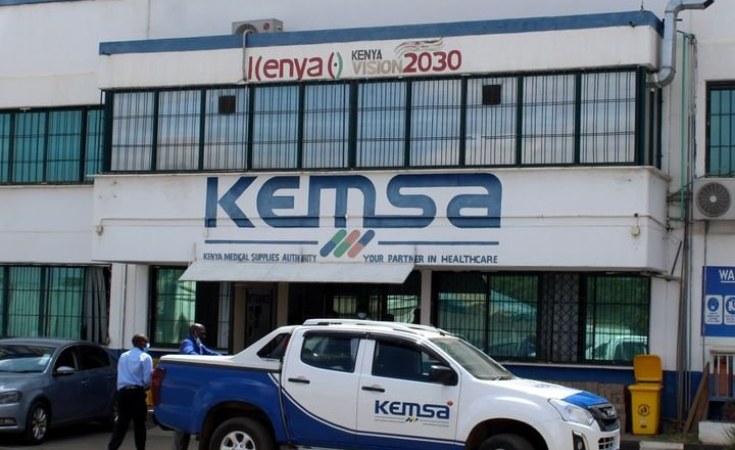The Uganda Revenue Authority (URA) has recently taken a significant step towards enhancing border security by installing a mobile inspection cargo scanner at the Goli one-stop border post (OSBP) situated on the Uganda-Democratic Republic of Congo (DR Congo) border in Nebbi District. This mobile X-ray scanner is equipped with Non-Intrusive Inspection (NII) technology, allowing for the thorough inspection of cargo without the need to physically open containers.
Brian Ahimbisibwe, URA’s NII Contracts Manager, confirmed that the newly installed scanner underwent rigorous testing and was found to be fully operational. He expressed confidence in the scanner’s capabilities, highlighting its ability to meet URA’s stringent standards. During the site acceptance test, the equipment demonstrated exceptional performance, producing high-quality images that will enable image analysts to make accurate assessments and support border security and revenue compliance efforts effectively.
To streamline operations and ensure centralized supervision, the scanner will be seamlessly integrated into the existing eScan system. This integration will facilitate centralized image analysis and monitoring at the NII Centralized Monitoring and Command Center (CMCC), located at the URA headquarters in Nakawa. Currently overseeing a total of 14 cargo scanners deployed across Uganda, the CMCC plays a crucial role in ensuring comprehensive border security measures and expeditious cargo clearance procedures.
With the deployment of the NII scanner at Goli OSBP, URA aims to enhance its capacity to inspect goods and vehicles entering and exiting Uganda through this border post. Ahimbisibwe reiterated URA’s unwavering commitment to leveraging advanced technology to bolster border security, facilitate legitimate trade activities, and ensure the efficient flow of goods across the country’s borders.
He added that the introduction of the mobile cargo scanner at Goli OSBP represents a proactive measure by URA to strengthen border controls and uphold regulatory compliance standards and claimed by harnessing the capabilities of NII technology, URA seeks to mitigate security risks, combat illicit trade practices, and foster a conducive environment for lawful trade and commerce.
Cargo scanners have emerged as indispensable tools in modern border security efforts, revolutionizing the way countries monitor and regulate the movement of goods across their borders. These sophisticated scanning systems utilize advanced technology to inspect cargo shipments swiftly and efficiently, contributing significantly to the detection of illicit goods and the prevention of smuggling activities.
Equipped with Non-Intrusive Inspection (NII) technology, cargo scanners enable customs officials to conduct thorough inspections of containers and vehicles without the need for physical intervention. By generating detailed images of cargo contents, these scanners provide valuable insights into the nature of shipments, allowing authorities to identify potential security threats and contraband items with precision.
The deployment of cargo scanners at key border crossings enhances the effectiveness of customs operations by facilitating rapid and non-invasive cargo inspections. This proactive approach not only strengthens border security but also streamlines trade processes, reducing delays and improving the efficiency of supply chain operations.
One of the key advantages of cargo scanners is their ability to detect hidden or concealed items that may evade traditional inspection methods. From drugs and weapons to counterfeit goods and hazardous materials, these scanners play a critical role in identifying illicit shipments and safeguarding communities from potential risks.
Moreover, cargo scanners contribute to the promotion of transparency and accountability in trade transactions, ensuring compliance with customs regulations and international trade agreements. By providing clear and objective evidence of cargo contents, these scanners help prevent fraudulent activities and enhance the integrity of cross-border trade.
The integration of cargo scanner technology into existing customs systems enables authorities to monitor and manage border security operations more effectively. Centralized monitoring and analysis of scanning results enable rapid decision-making and response to emerging threats, further enhancing the overall security posture of border regions.




















